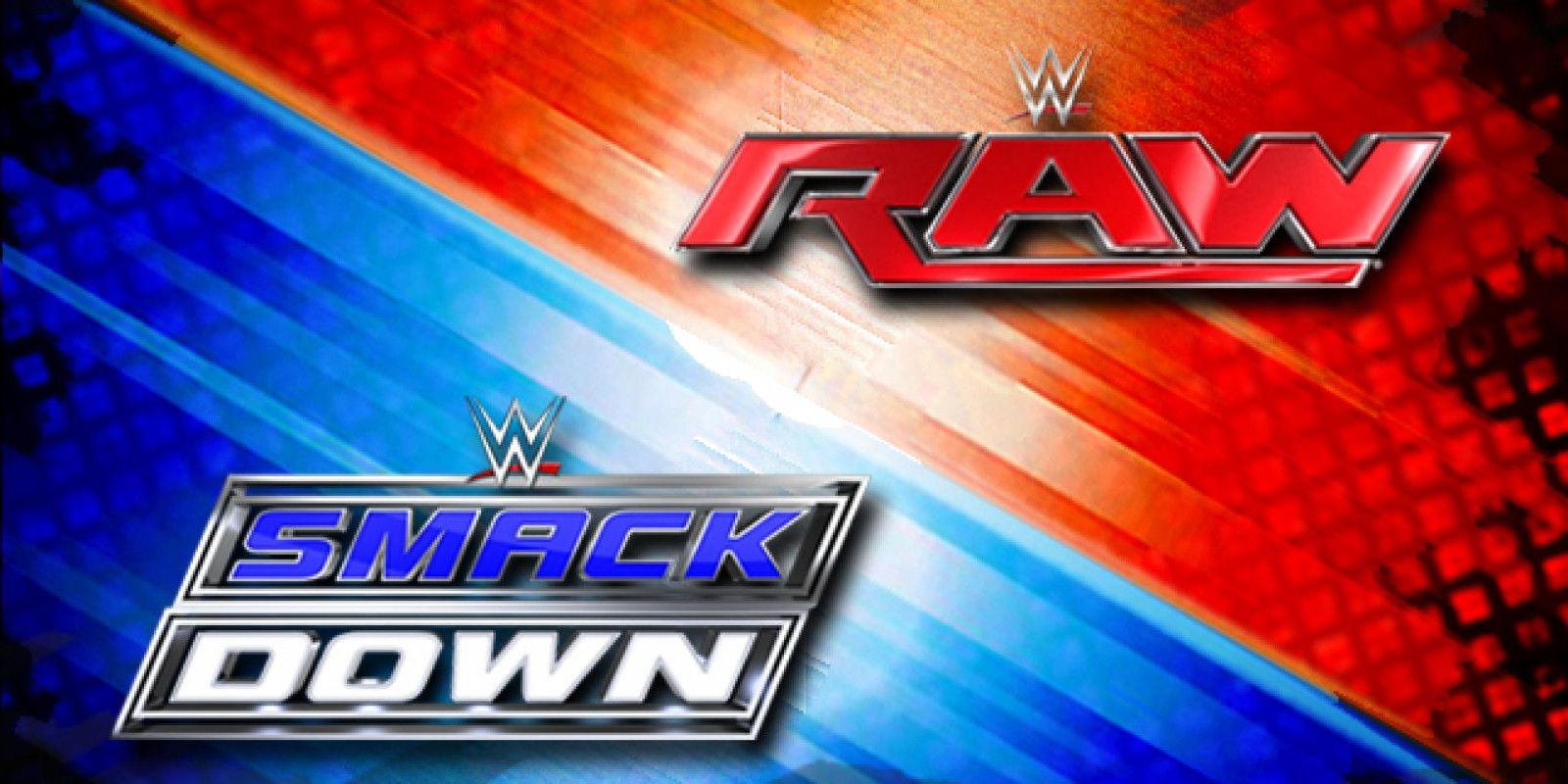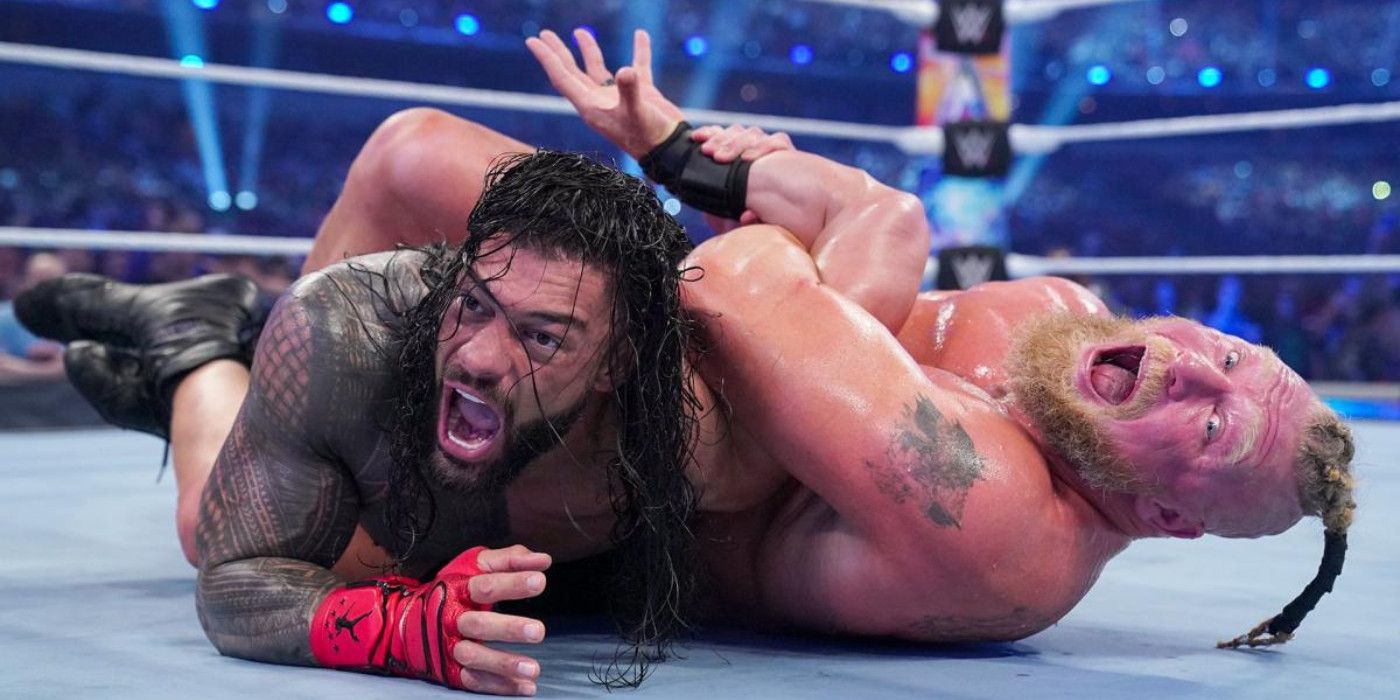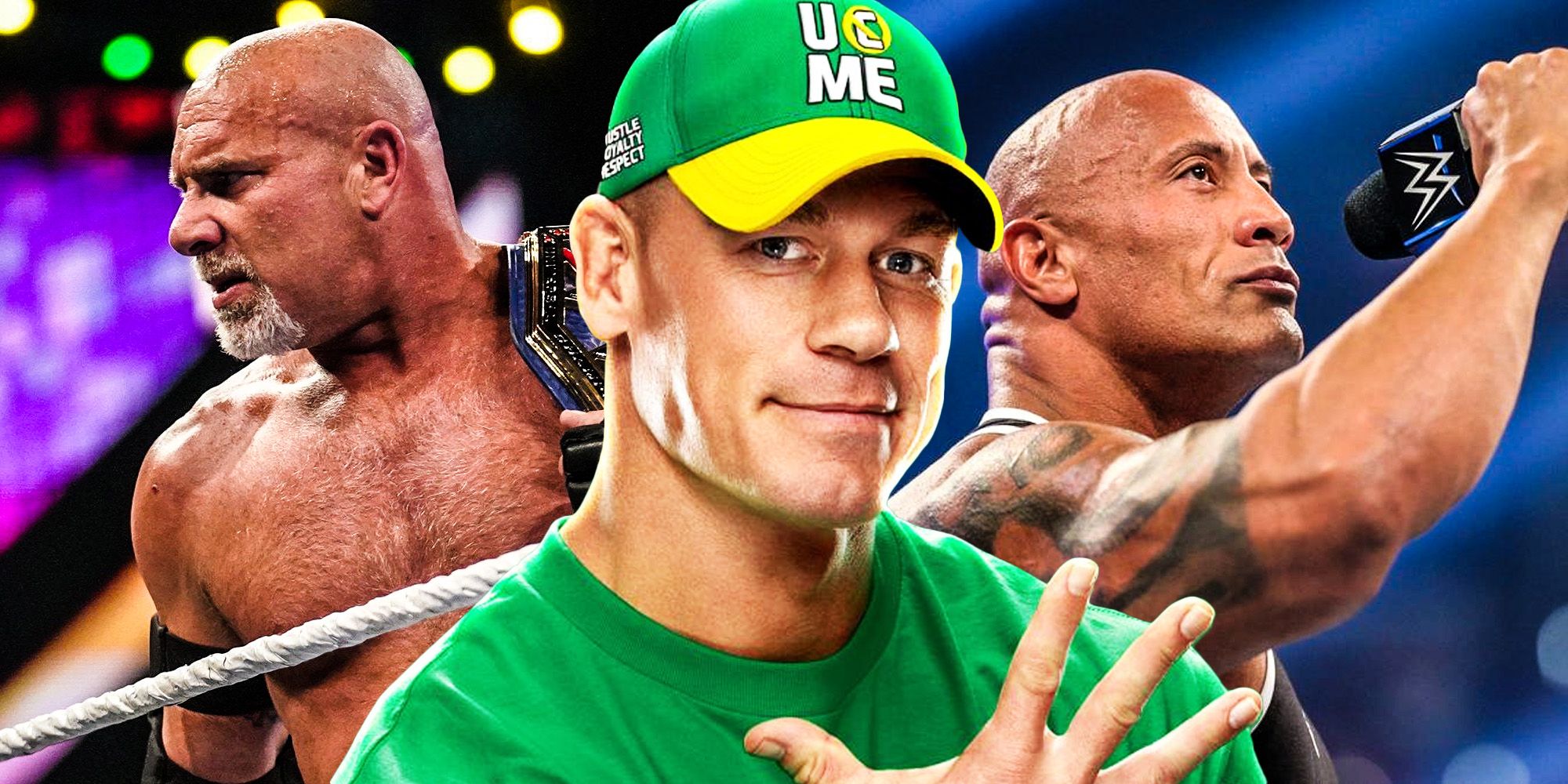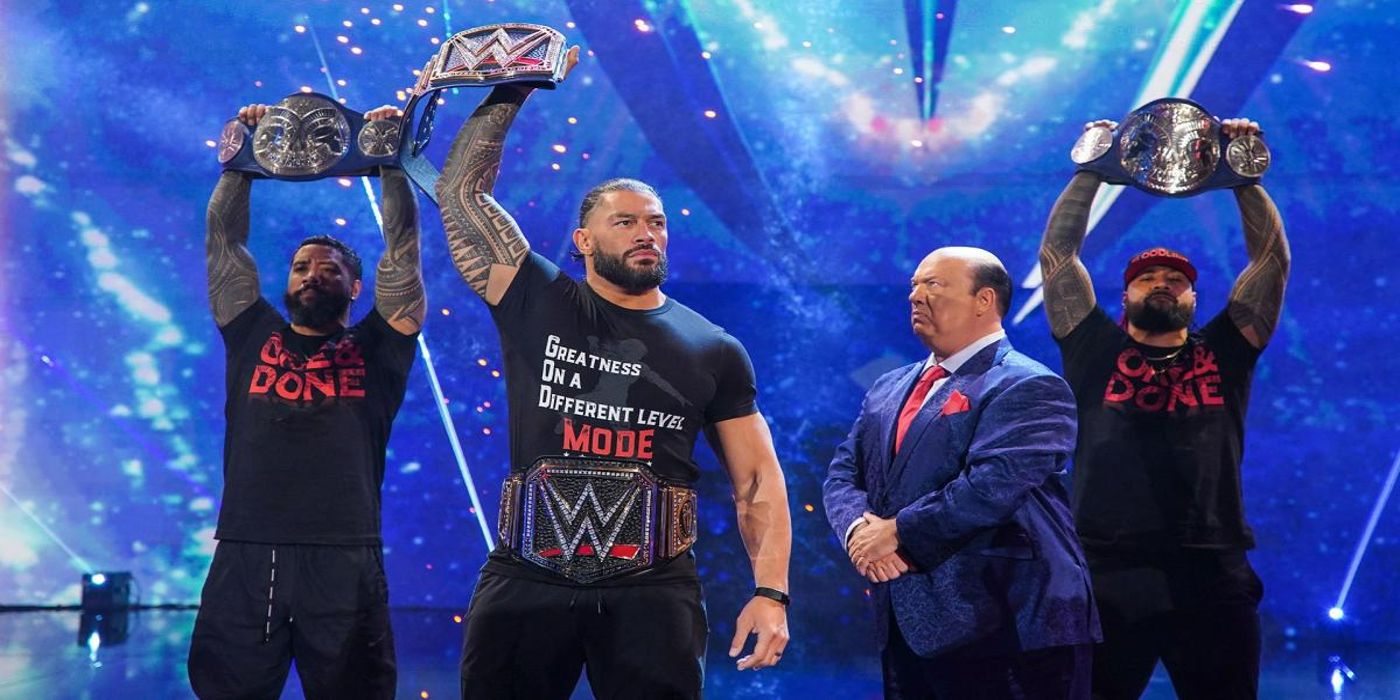Reports say WWE is about to end its current Raw and SmackDown brand split, and at this point, it seems unlikely such a setup will ever work. When WWE first attempted a "brand extension" as they usually refer to it, the timing seemed right. WWE had purchased the assets of its former chief competition, WCW and ECW, and also absorbed much of those promotions' talent roster. With WWE about to change its name from the WWF due to a lawsuit, WCW and ECW gone, and the Attitude Era seemingly over, a brand split didn't seem too far-fetched.
After all, it makes sense that WWE wanted to recapture the magic of its wars with WCW, most personified by the battle between Raw and Nitro. If Raw and SmackDown could truly be made into separate entities under the WWE corporate umbrella, airing on different TV networks and with a different wrestler line-up, there's no real reason this attempt to manufacture a feeling of competition couldn't work. However, work it most certainly did not, at least not fully.
WWE boss Vince McMahon stubbornly stuck with the brand split experiment through early 2011, but by then the audience had long since grown tired of its failings. With WWE's second "brand extension" reportedly about to end - after kicking off in fall 2016 - it appears that WWE's brand split is set to once again go out with a whimper. For various reasons, WWE just can't seem to make the idea work very well, and those problems don't look likely to vanish in the foreseeable future, at least as long as Vince McMahon remains in charge.
WWE Has Proven Itself Incapable Of Treating Both Brands Equally
While WWE will sometimes have brief periods where it tries to act like Raw and SmackDown are on an equal playing field, most of the time there's clearly one brand that's the A show and one that's the B show. The A show role is usually given to Raw, since it's been around much longer and is the company's flagship program, but SmackDown does occasionally get some time in the spotlight. The problem is that no matter which brand is treated as more important, there's never really a sense that they're equal. That doesn't really seem logical, since both are of course run by the same people and often written by the same team.
Either Raw or SmackDown almost always has better, more exciting storylines and a more well-rounded wrestler roster over the other, leading to the perception that one brand is more important. If that's the case, why would any performer, such as WWE's Roman Reigns, want to work for the inferior brand? More importantly, what's the incentive for audiences to watch both weekly products? These are questions that WWE has never answered. Even going back to the first WWE brand draft in 2002, SmackDown - ran onscreen by Vince McMahon while Ric Flair was Raw's onscreen authority figure - came out with such a better roster it was almost comical. For whatever reason, WWE just can't seem to find a balance that allows for two brands of equal regard.
WWE Undermines Brand Splits By Constantly Breaking Its Own Rules
Even if WWE had somehow managed to create an Austin vs. Hogan level Raw and SmackDown brand split that treated both sides as equally important, that balance would be undermined by an annoying thing WWE just can't seem to resist doing. While the first year or so following both brand splits has seen the split adhered to pretty closely, it's never too long before the lines between Raw and SmackDown start to blur. Wrestlers from one show will suddenly appear on the other with little logical explanation, sometimes with ridiculous off-camera "trades" being used to waive the problem away. Many of these so-called transactions will never even reveal what the other brand got in return, likely because the writers themselves aren't even sure.
WWE has come up with so many flimsy excuses over the years to justify wrestlers from Raw like Cody Rhodes appearing on SmackDown or vice versa, whether that be a "wild card" rule allowing one crossover per week, a wrestler "buying a ticket" to attend the other show that somehow entitles them to get in the ring, or someone having a bizarrely specific contract clause that makes them a free agent. In reality, this poorly reasoned storytelling is clearly due to WWE deciding it wants to book a program involving certain wrestlers, despite what their respective brand status might be, and doing whatever it takes to get to the desired outcome. Wrestling has always been a rather outlandish form of entertainment, and fans mostly don't mind how silly things can get, even after the death of kayfabe in WWE. The issue is when WWE goes out of its way to establish rules for itself onscreen one week, before deciding it doesn't care about them anymore the next week.
WWE Splitting Its Roster Eventually Leads To Stagnant Booking
Besides the more practical concerns about WWE's inability to book two equal brands and its inability to actually keep those brands separate, there's a more general creative problem that both brand extensions have led to. No matter how big the WWE roster might be, splitting it in half instantly limits who can wrestle and feud with whom, creates a much smaller pool of performers for each division, inevitably leading to creative stagnation. It's become a constant complaint online about how WWE books the same matches endlessly, week after week after week. That stands in stark contrast to WWE's lead competitor AEW, which rarely programs the same match on two consecutive Dynamite broadcasts. It's gotten to the point where an important pay-per-view match-up will be broadcast on free TV mere days before the bigger show, sometimes even in the exact same configuration.
At least when WWE did its original brand split in 2002, there were theoretically enough wrestlers to support two equal brands. Thanks to multiple massive rounds of roster cuts since the start of the pandemic, the WWE roster is currently the smallest it's been in many years, leading to anemic talent pools on both Raw and SmackDown. Each show only has about five believable main event stars, and their tag team and women's divisions barely exist at this point, especially with Sasha Banks and Naomi's recent walkout. It's been clear that the brand split needs to end for some time, and it looks like WWE is finally doing what needs to be done. Whether this will actually improve the product is anyone's guess, as WWE creative has arguably been in an ongoing slump since the widely praised WrestleMania 35 in 2019.




